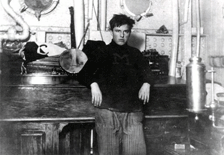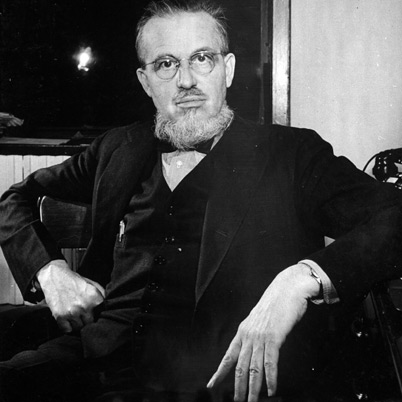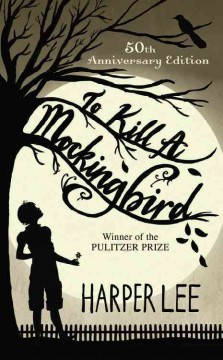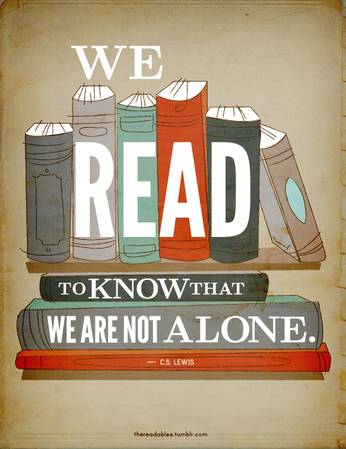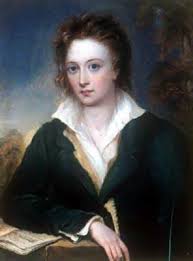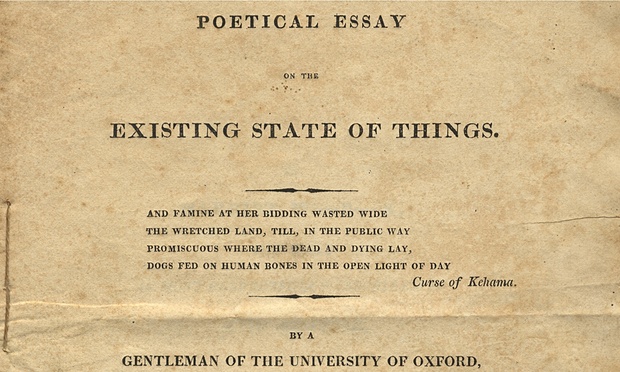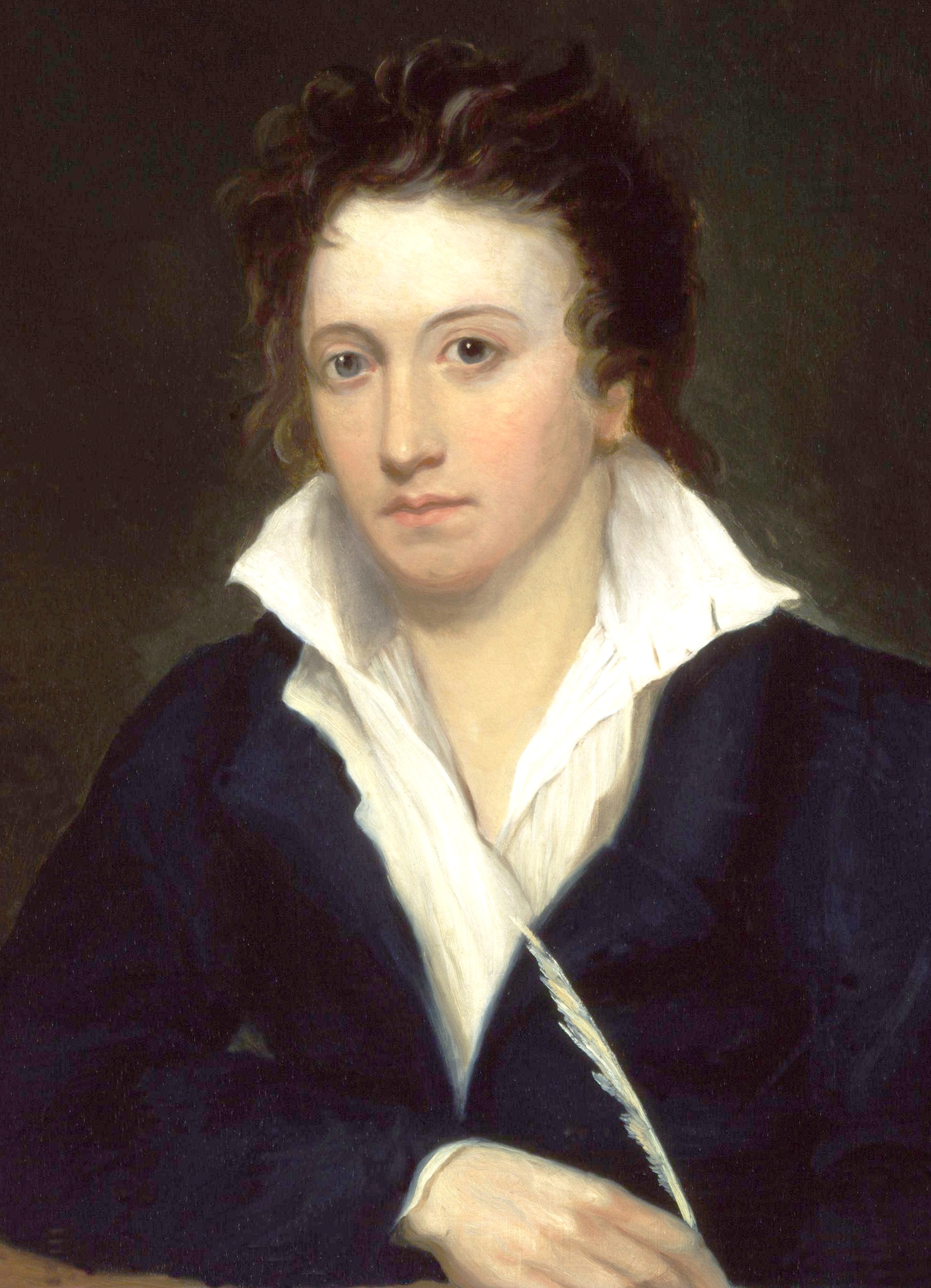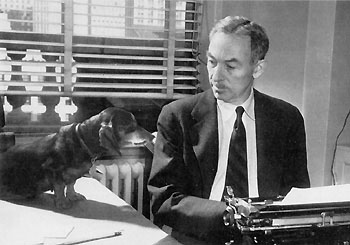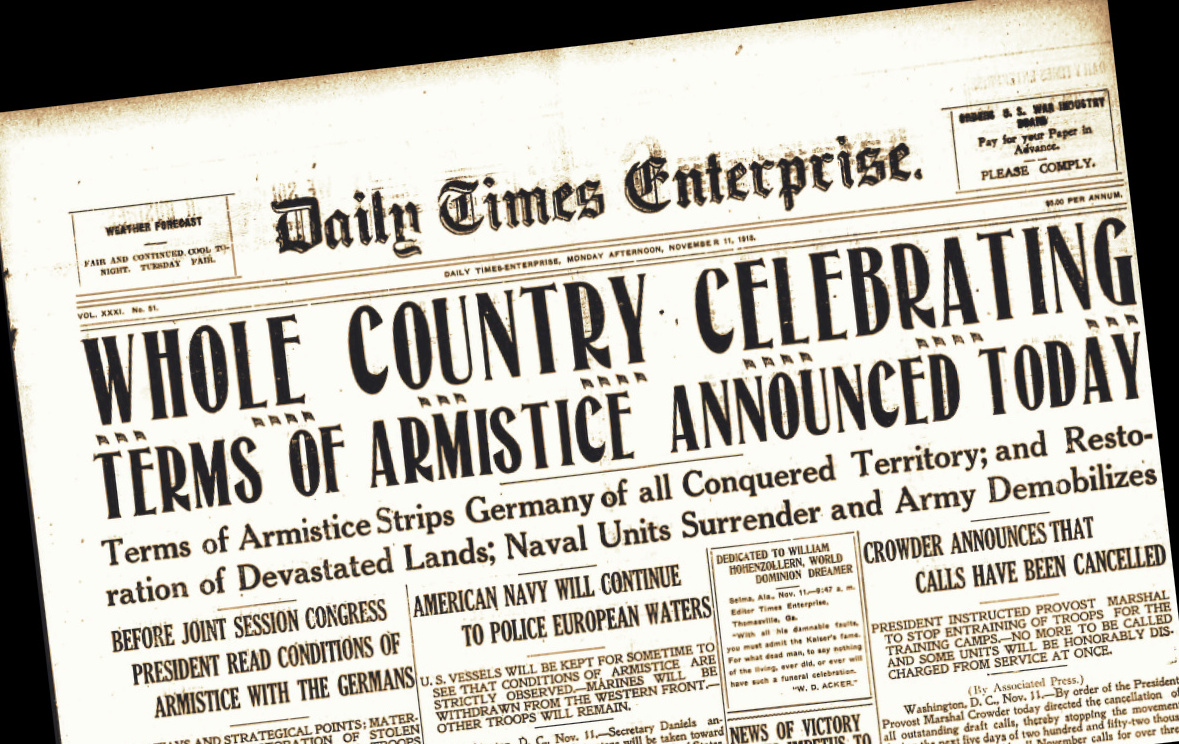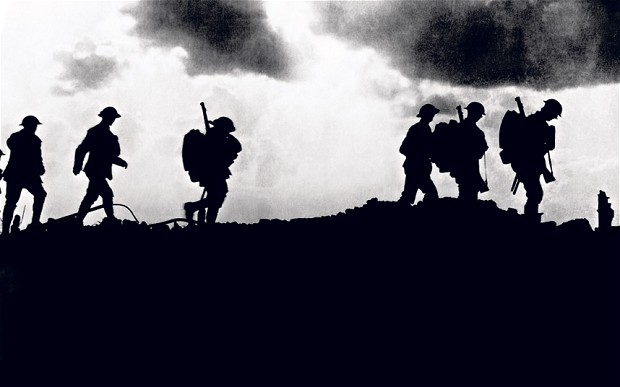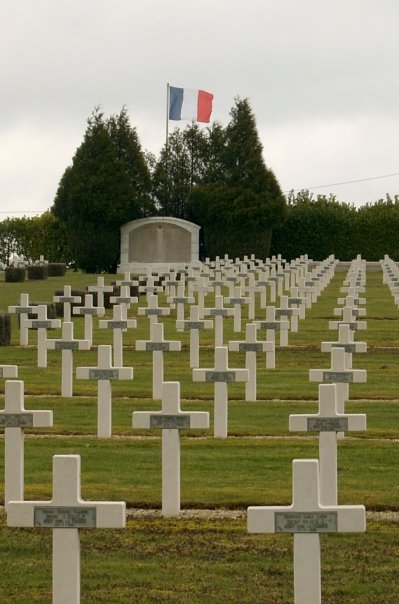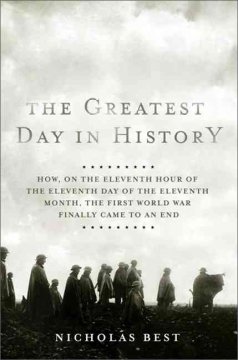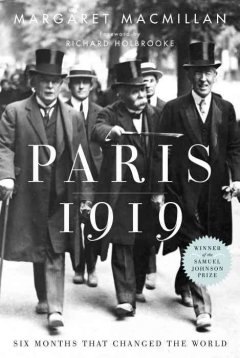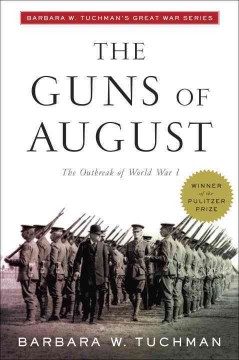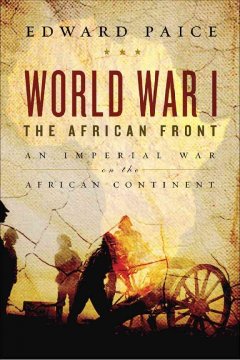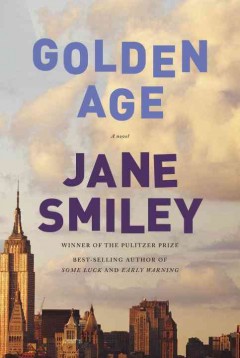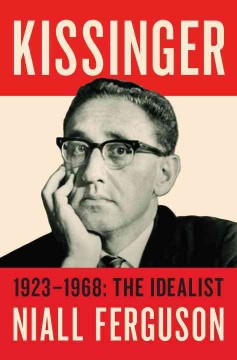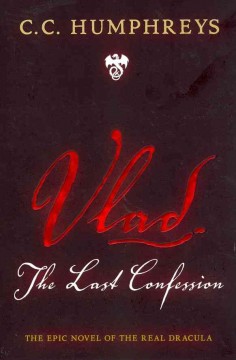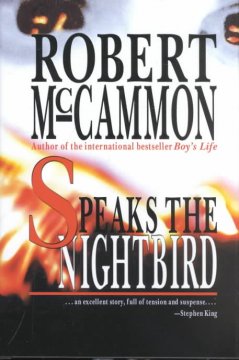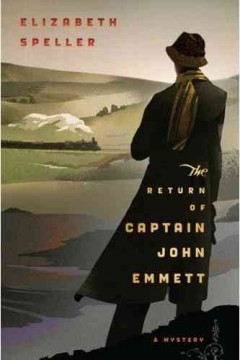It’s a good few weeks for literary birthdays, with Louisa May Alcott’s last Sunday, Mark Twain’s and Lucy Maud Montgomery’s on Monday (who saw the adorable Google Doodle dedicated to Anne of Green Gables?), and Rex Stout’s today (and there are more yet to come!).
Rex Todhunter Stout was a wizard words, a devil at mysteries, politically active, deeply concerned with issues of civil liberties and censorship and, not insignificantly, is one of the very few gentlemen who could pull off facial hair like this:

Seriously, this beard should be reason enough to earn this guy a Wikipedia entry…..but, incredibly, he actually lived up to his facial hair with a life that went from Incredible Story to Incredible Story….
Born in Indiana on December 1, 1886, Stout was one of nine children, and raised by Quaker parents who were devoted to their children’s education–apparently, young Rex read the Bible twice by the age of four, and was the Kansas spelling bee champion at age 13.
From such illustrious beginnings, he joined the Navy in 1906, and served a yeoman of Theodore Roosevelt’s presidential yacht…pictures, of course, or it didn’t happen:
Though Stout had written for most of his life, he began making a career out of writing in about 1910, penning pulp fiction stories for popular magazines. These stories ranged from science fiction to romance to action-adventure…and two serialized murder mysteries.
It turned out that Stout enjoyed writing mysteries. After a decade of working to make money, during which he served on the board of the American Civil Liberties Union’s National Council on Censorship in 1925, he decided to return to mysteries, and in 1934, published Fer-de-Lance, a mystery featuring a private investigator named Nero Wolfe, and his assistant, the long-suffering and thoroughly charming, Archie Goodwin.
Wolfe and Goodwin would go on to become one of the most beloved mystery-solving duo in literature, and the collection of their adventures, who was comprised of 33 novels and about 40 novellas written between 1934 and 1975 won the nominated Best Mystery Series of the Century at Bouchercon XXXI, the world’s largest mystery convention. Incidentally, Stout was also nominated as the Best Mystery Writer of the Century.
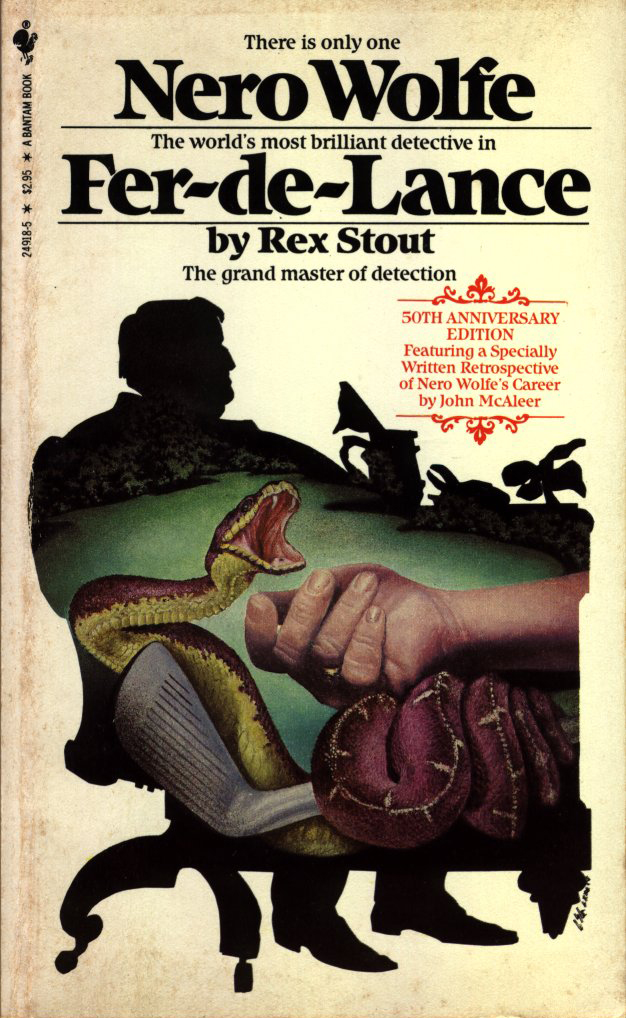 For those who have yet to encounter the delightfulness that is Nero Wolfe, allow me to introduce you. Nero Wolfe is a massively overweight man (according to Archive Goodwin, he weighs “a seventh of a ton”) who was apparently born in Montenegro and who, gloriously, is always 56 years old. Wolfe is a man of habits, almost obsessively so. He refuses to leave his house–actually, he refuses to move–for anyone’s pleasure but his own. He is a fanatical orchid-grower, and beer aficionado. And honestly, this description makes him sound rather maudlin–but through the eyes of Archie Goodwin, he becomes a wonderfully loveable curmudgeon.
For those who have yet to encounter the delightfulness that is Nero Wolfe, allow me to introduce you. Nero Wolfe is a massively overweight man (according to Archive Goodwin, he weighs “a seventh of a ton”) who was apparently born in Montenegro and who, gloriously, is always 56 years old. Wolfe is a man of habits, almost obsessively so. He refuses to leave his house–actually, he refuses to move–for anyone’s pleasure but his own. He is a fanatical orchid-grower, and beer aficionado. And honestly, this description makes him sound rather maudlin–but through the eyes of Archie Goodwin, he becomes a wonderfully loveable curmudgeon.
Archie Goodwin is, pure and simple, one of the best sidekicks in all of literature. He is clever, street-smart, caustically sarcastic, dapper, sweet, and a narrator par-excellence. It is Goodwin who makes this series so attractive, and Goodwin who keeps Nero Wolfe from taking himself too seriously, so that we can enjoy him, too.
Apart from this series, though, Rex Stout created Dol Bonner, one of the first female private detectives in 1937, who continued to appear in the Nero Wolfe books through the years. Think about that…how many female private detective novels have you read? Rex Stout knew we needed more of them 78 years ago.
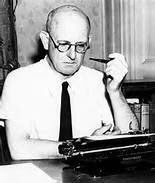 During the Second World War, Stout joined the Fight for Freedom organization, and wrote propaganda for the American War Effort. After the war, he moved to an estate in New York and became a ‘gentleman farmer’, and fostered a life-long friendship with P.G. Wodehouse (pictured at right), who created Jeeves and Wooster. They were so close, in fact, that Stout actually appears in the Jeeves and Wooster novels–it turns out Bertie Wooster and his Aunt Dahlia are fans. So you don’t have to take my word for it….
During the Second World War, Stout joined the Fight for Freedom organization, and wrote propaganda for the American War Effort. After the war, he moved to an estate in New York and became a ‘gentleman farmer’, and fostered a life-long friendship with P.G. Wodehouse (pictured at right), who created Jeeves and Wooster. They were so close, in fact, that Stout actually appears in the Jeeves and Wooster novels–it turns out Bertie Wooster and his Aunt Dahlia are fans. So you don’t have to take my word for it….
And yes…he rocked that beard for the rest of his life:
If you want to get a little better acquainted with the wonderful works of Rex Stout, here are some suggestions:
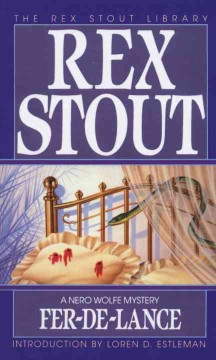 Fer-de-Lance: The book that introduced Nero Wolfe and Archie Godwin to the world. This story begins with Wolfe giving up bootleg beer and sending his cook, Fritz, to find a suitable replacement (setting the book 2 months after the sale of certain beers was legalized again in the United States). But the action really started when a local blue-collar investigator, Fred Durkin (who would become a recurring character) brings a woman to Wolfe whose husband has disappeared after coming into a great deal of money. Though the characters in this book aren’t all as well-developed as they would become, Wolfe and Goodwin are vivid, unique, and delightful from the very start.
Fer-de-Lance: The book that introduced Nero Wolfe and Archie Godwin to the world. This story begins with Wolfe giving up bootleg beer and sending his cook, Fritz, to find a suitable replacement (setting the book 2 months after the sale of certain beers was legalized again in the United States). But the action really started when a local blue-collar investigator, Fred Durkin (who would become a recurring character) brings a woman to Wolfe whose husband has disappeared after coming into a great deal of money. Though the characters in this book aren’t all as well-developed as they would become, Wolfe and Goodwin are vivid, unique, and delightful from the very start.
 Nero Wolfe: Back when A&E was a TV powerhouse, they adapted a number of Stout’s stories for television, starring Maury Chatkin as Nero Wolfe, and Timothy Hutton are Archie Goodwin. The writing and scenery are spot-on in these stories, but better than anything is the casting. These men are precisely what I pictured when reading the books, and their banter together is pitch-perfect. Though nearly a decade old, these are shows that just get better with viewing, and would make an ideal binge-watch for a lazy holiday weekend.
Nero Wolfe: Back when A&E was a TV powerhouse, they adapted a number of Stout’s stories for television, starring Maury Chatkin as Nero Wolfe, and Timothy Hutton are Archie Goodwin. The writing and scenery are spot-on in these stories, but better than anything is the casting. These men are precisely what I pictured when reading the books, and their banter together is pitch-perfect. Though nearly a decade old, these are shows that just get better with viewing, and would make an ideal binge-watch for a lazy holiday weekend.
 Son of Holmes: Fans of Sherlock Holmes will love John Lescroart’s spin on the cannon, and the introduction of Auguste Lupa, the son of Sherlock Holmes. Though how that all happened is (thankfully) obscure, these stories are historically detailed, engrossing, and have the same understated emotion and razor-sharp insight that make the Holmes stories so terrific. Why am I mentioning this book here? Because, rumor has it, Lescroart intended Auguste Lupa not only a sequel to the Sherlock Holmes stories…but a prequel to the Nero Wolfe stories. That’s right…Lupa and Wolfe may very well be one and the same. Which, now that I know that, is going to necessitate an immediate re-reading.
Son of Holmes: Fans of Sherlock Holmes will love John Lescroart’s spin on the cannon, and the introduction of Auguste Lupa, the son of Sherlock Holmes. Though how that all happened is (thankfully) obscure, these stories are historically detailed, engrossing, and have the same understated emotion and razor-sharp insight that make the Holmes stories so terrific. Why am I mentioning this book here? Because, rumor has it, Lescroart intended Auguste Lupa not only a sequel to the Sherlock Holmes stories…but a prequel to the Nero Wolfe stories. That’s right…Lupa and Wolfe may very well be one and the same. Which, now that I know that, is going to necessitate an immediate re-reading.

